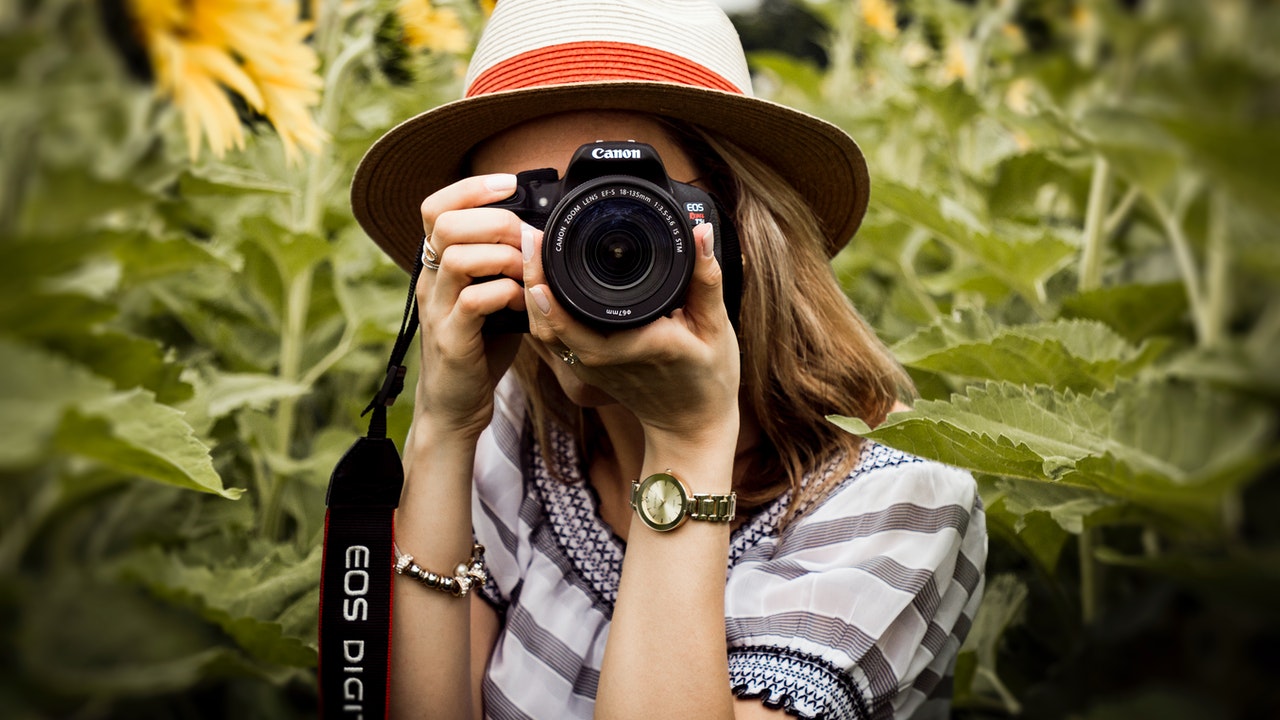Your cart is currently empty!

Rule of Thirds in Photography
Good photography is not only about your camera equipment. You also need a great eye to understand the subject, whether landscape, portrait, macro, etc. And a “great eye” involves composition.
Photographic composition can make or break your image. It is the fundamental choice that drives the viewer to see what you intend them to see, as YOU see it. By applying creative crops, or framing, or angle, you can make even a common shot look unique and extraordinary.
The rule of the thirds (ROT) is a fundamental composition style; but it can be the basis of creative imagery. It gives you a basic structure on which to build your photos, regardless of genre.
Today, we will discuss this very rule and see how it really helps us make our pictures more appealing to the eye.
What Is the Rule of Thirds?
In photography, the rule of thirds is where a photo is visually divided equally into thirds both vertically and horizontally. It was originally created for paintings, and is based on aesthetic rules of where our eyes naturally move when they scan an image.
Placing this “grid” over an image divides the images into 9 separate segments, and the intersecting lines are called “points of interest”. The purpose of using the grid is to place important elements of your photo at the intersection of these lines. By doing so, you determine where the viewer’s eye will first be drawn to.
Remember, the ROT is a “guide” to composition. It’s not always applicable or convenient to use for certain subjects or with moving objects like small children. In that case, just take your photos; you can always crop the image to fit the rule of thirds.
How Does the Rule of thirds Work?
The human eye gravitates towards points right beyond the center of any photo, at the intersection of the lines dividing the picture into 9 segments.
These points are called intersection points on a ROT Grid. As people read any text from left to right, they do the same with images. This is why people’s vision is so attracted to the bottom left of any image.
In contrast, the upper left part of any image is often left unnoticed and overlooked.
Why Is It Important?
Now that you have understood the rules of the third world, it is essential to understand why it matters and how it can affect the visualization of the images.
The rule of thirds focuses on two things –
- The balance of the image.
- The movement of the elements within the image.
When you position the important element of the image at the intersection of the lines, it creates a pleasing balance that draws the eye where you want it to, and away from the usually overlooked upper left part of the image. But because this is just a guide, it is entirely possible to put your most important element in the upper left quadrant, and drawing the eye there if the rest of the images is filled with negative space.
Centered compositions (putting the subject in the center square) is a controversial choice. Some people claim that doing so makes the image appear inactive and dull, and will not hold a viewers interest. Others specialize in creating stunning images that rely on a centered composition. It’s important to remember that these are guides, and you should experiment with your own compositions to see what works best for your image and your style.
However, using the rule of thirds is a great guide to help bring life to the photo. By keeping the main elements at the intersections, it makes the photo more dynamic. And by dynamic, I mean it keeps the viewer’s eyes exploring the image, moving across it to find new elements; they take a visual tour of the image.
How To Use the Rule of thirds During Photography?
The best part of the ROT is that even if you’re new to the photography industry, you need only to have very little knowledge about it to understand it. Perhaps the following tips will be enough for you to understand it better.
- Most devices allow you to have a grid overlay. You can enable them to help you compose your image using the rule of thirds.
- Keep the subject the same, but slightly adjust your composition to place the subject on different intersections of the grid.
- Also photograph the subject at the dead center of the frame.
- When processing your images, find the composition that most appeals to you.
- You can further crop your images to find the right composition.
Should You Always Apply the Rule of Thirds?
It is true that using the rule of thirds can help you take dynamic photos. But should you really do that with every image you take? Using the rule of thirds will make every image appealing but monotonous at the same time. It also isn’t always the best compositional rule to use, such as for landscape. You must try different angles and different methods to take images. This maintains the versatility of the images and keeps things interesting for you.
Here are some other compositional rules for you to investigate! And as always, have fun.
Negative space